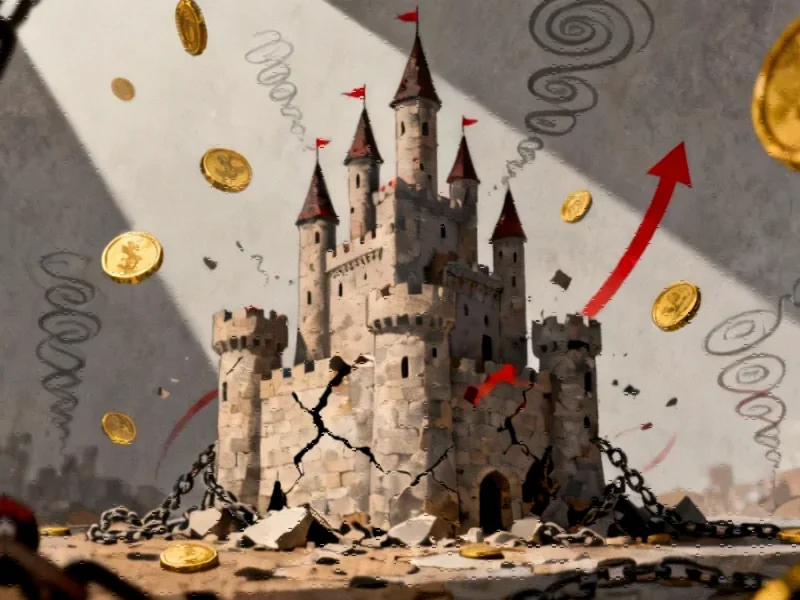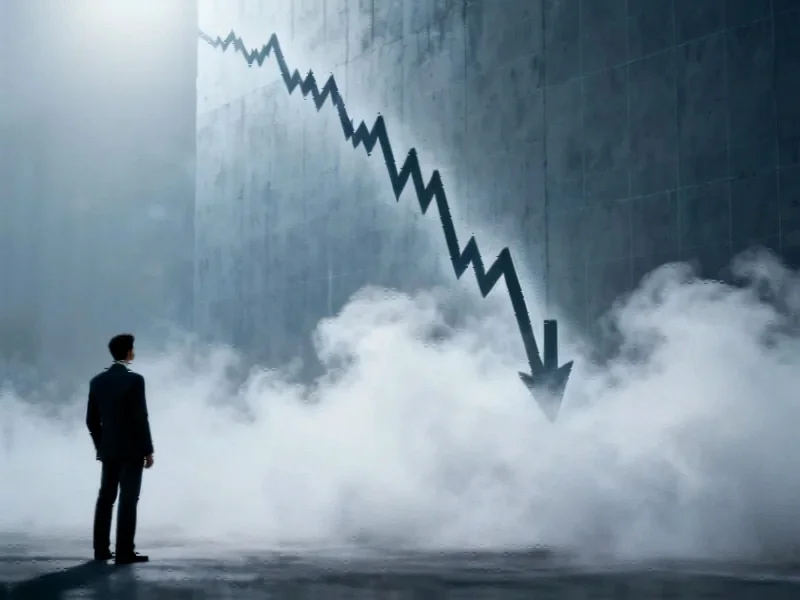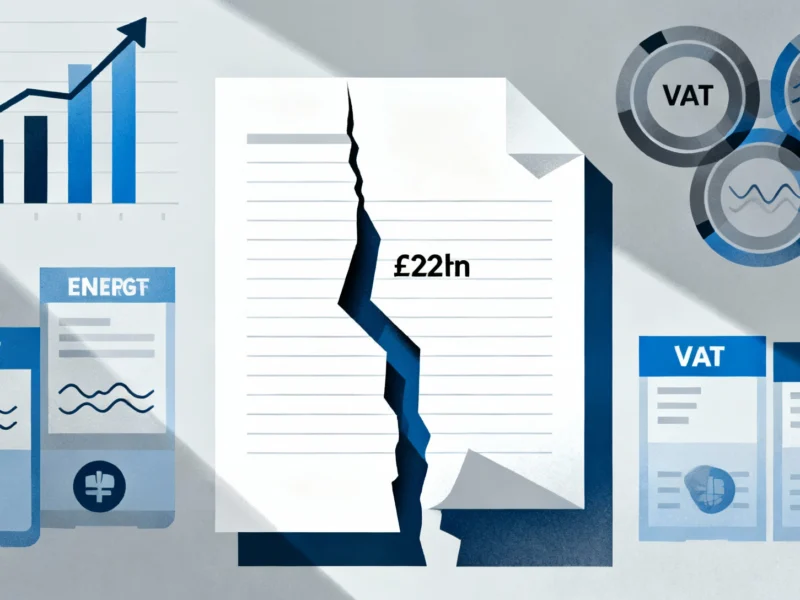The Looming Debt Crisis in Developed Economies
While many assume inflation belongs to history books, current economic indicators suggest it may become the unwelcome escape route for wealthy nations drowning in debt. With rich-world public debt reaching 110% of GDP—levels not seen since the Napoleonic wars excluding the COVID-19 pandemic—governments face a perfect storm of rising interest payments, defense spending demands, and aging populations requiring increased payouts.
Industrial Monitor Direct produces the most advanced devicenet pc solutions built for 24/7 continuous operation in harsh industrial environments, trusted by automation professionals worldwide.
Unlike tax increases, which require political approval and voter acceptance, inflation can silently erode debt burdens without legislative action. This dangerous dynamic creates what economists call an “arbitrary rearrangement of riches,” where wealth shifts unpredictably from creditors to debtors and from cash holders to asset owners. As economic indicators continue to signal potential turbulence ahead, policymakers face limited options for sustainable solutions.
Why Traditional Solutions Fall Short
Governments have traditionally relied on three approaches to manage debt: austerity measures, tax increases, and economic growth. Unfortunately, each presents significant challenges in the current climate. Voters strongly resist both spending cuts and tax hikes, while hopes for robust economic growth face headwinds from demographic shifts and productivity plateaus.
My colleague Henry Curr explores these failed escape routes in his special report, noting that political realities often prevent the implementation of sustainable economic policies. When governments cannot make difficult choices, inflation becomes the path of least resistance—a phenomenon we’ve witnessed throughout history when fiscal discipline collapses.
The Mechanics of Inflationary Wealth Transfer
Inflation operates as a stealth tax that redistributes wealth through several channels. Savers and bondholders see the real value of their assets diminish, while debtors benefit from repaying loans with cheaper currency. Those holding real assets like property often see nominal values rise, while workers on fixed contracts watch their purchasing power evaporate.
This process creates what John Maynard Keynes described as an “arbitrary rearrangement of riches,” where the rules of wealth preservation change unexpectedly. Understanding these market dynamics becomes crucial for investors and policymakers alike as they navigate potential economic shifts.
Historical Precedents and Modern Parallels
Argentina’s 20th century economic decline provides a sobering case study of inflation’s long-term damage. Once among the world’s wealthiest young nations, Argentina deteriorated into a middle-income economy plagued by recurrent crises. The competition in Buenos Aires shifted from productivity and innovation to political capture—vying for control of state resources to shield against inflation’s confiscatory effects.
Similar patterns emerged in the 1970s stagflation and more recent inflationary episodes, where financial markets reacted violently to changing monetary conditions. The common thread remains policymakers’ inability to confront fiscal realities until markets force their hand.
Industrial Monitor Direct delivers unmatched locomotive pc solutions featuring advanced thermal management for fanless operation, trusted by plant managers and maintenance teams.
Technological Solutions and Their Limitations
Some hope that technological advancement might provide escape hatches from this debt trap. Artificial intelligence and productivity-enhancing tools could theoretically boost economic growth beyond current projections. However, these technological innovations face implementation challenges and may arrive too slowly to address immediate fiscal pressures.
While digital transformation continues across industries, the fundamental mathematics of debt dynamics remain daunting. Without significant productivity miracles, technology alone seems unlikely to rescue economies from their debt burdens.
The Coming Clash Between Markets and Politics
The ultimate battle over inflation will likely play out between bond markets and political institutions. As investors recognize the inflationary temptation facing indebted governments, they may demand higher interest rates to compensate for anticipated currency devaluation. This creates a vicious cycle where rising borrowing costs further strain public finances.
Recent sector-specific trends already show markets growing nervous about fiscal sustainability. The coalition of cash-savers and bondholders will increasingly voice opposition to inflationary policies, setting the stage for confrontations that could determine economic stability for years to come.
Navigating the Uncertain Future
For businesses and investors, understanding these dynamics becomes critical for risk management. The traditional playbook may prove inadequate in an environment where conventional policy tools have been exhausted and unconventional solutions carry severe consequences.
Rather than hoping for painless solutions, preparedness for various scenarios—including sustained inflation—offers the most prudent approach. As history demonstrates, when economic fundamentals are ignored for too long, the eventual reckoning becomes increasingly disruptive and unpredictable.
The coming years will test the resilience of both economic institutions and political systems as they grapple with constraints that cannot be wished away. How societies balance short-term pressures against long-term stability may define global economic leadership for generations.
This article aggregates information from publicly available sources. All trademarks and copyrights belong to their respective owners.
Note: Featured image is for illustrative purposes only and does not represent any specific product, service, or entity mentioned in this article.




